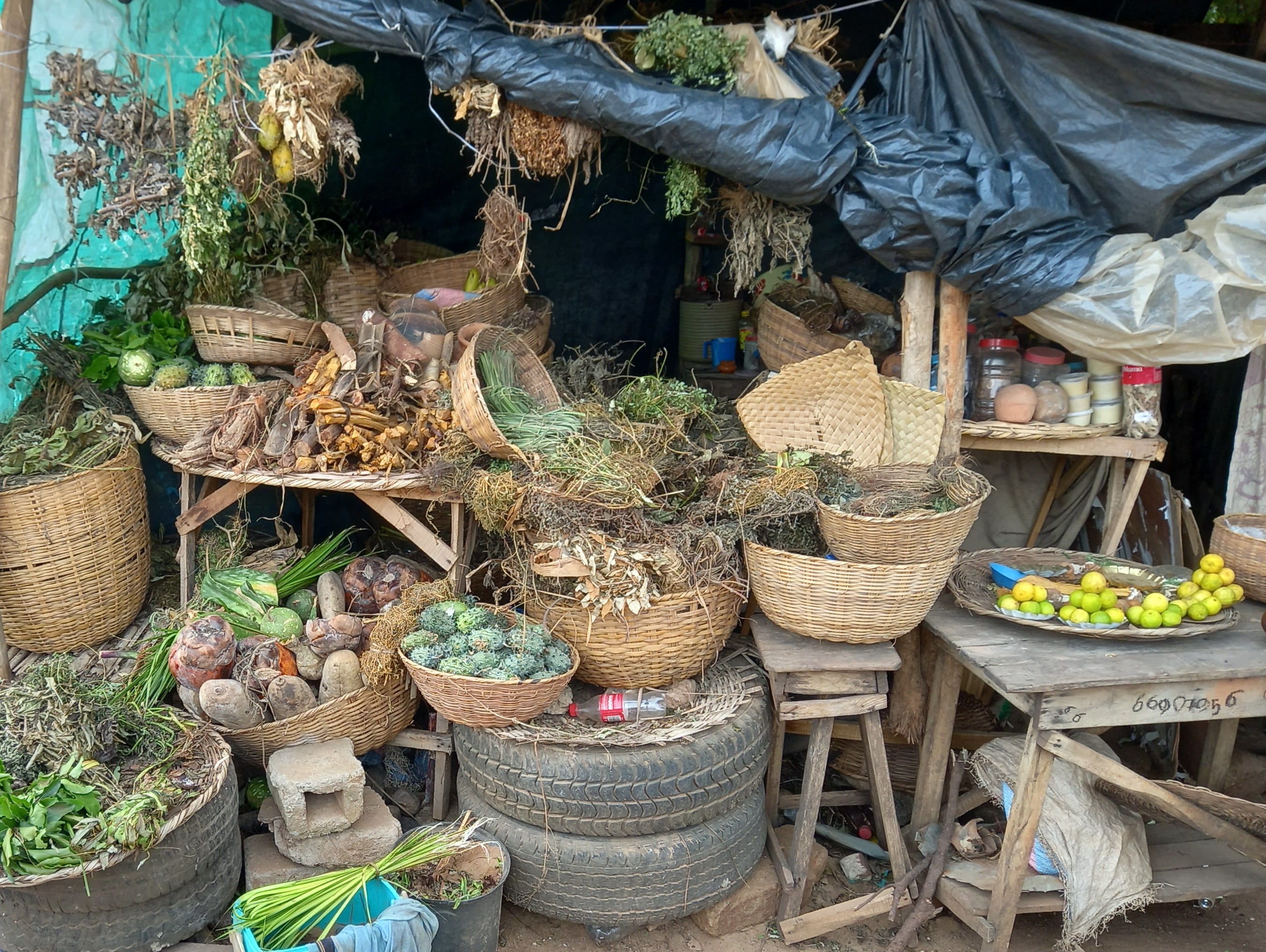La medicina etnoveterinaria en el cruce de la investigación científica: síntesis de los conocimientos y perspectivas
DOI:
https://doi.org/10.19182/remvt.36762Palabras clave
conocimientos de los pueblos indígenas, pastoralistas, sanidad animal, fitoterapia, medicina veterinariaResumen
Con el surgimiento de la medicina veterinaria moderna, las prácticas tradicionales veterinarias son relegadas a un segundo plano en la gestión zoosanitaria de los animales de cría. Sin embargo, la medicina veterinaria moderna no ha podido enfrentar todos los problemas sanitarios de las explotaciones de cría, sobre todo en los medios rurales en donde el acceso a los medicamentos y servicios veterinarios representan un problema. A esto se agrega el bajo poder de compra de los criadores. Estos últimos se ven obligados a recurrir a las prácticas y conocimientos tradicionales para tratar a sus animales. La medicina etnoveterinaria a jugado un papel primordial en la gestión de las explotaciones de cría desde la domesticación hasta nuestros días. Los autores recuentan la evolución de las prácticas etnoveterinarias y luego examinan la contribución de la investigación científica al conocimiento y el mejoramiento de la medicina veterinaria tradicional. Se discuten las razones que hoy explican el entusiasmo alrededor de las prácticas veterinarias tradicionales. Se proponen medidas bajo la forma de perspectivas para perennizar la medicina etnoveterinaria. Se trata principalmente de obrar para la disponibilidad de plantas medicinales y otras fuentes naturales utilizadas en las prácticas etnoveterinarias, así como probar científicamente la eficacidad de estas plantas y de transmitir a los criadores las informaciones más pertinentes. La integración de las prácticas y de los conocimientos tradicionales con la medicina veterinaria moderna aparece como una alternativa prometedora para una mejor gestión de la salud de los animales de cría. Las condiciones de esta integración son evocadas. La investigación científica tiene aún un gran papel a jugar en la verificación de la eficacidad de los tratamientos etnoveterinarios.
Descargas

Descargas
-
Resumen1388
-
pdf (Français)1427
Publicado
Cómo citar
Número
Sección
Categorías
Licencia
© E.Tchetan et al., publicado por CIRAD 2021

Esta obra está bajo una licencia internacional Creative Commons Atribución 4.0.





